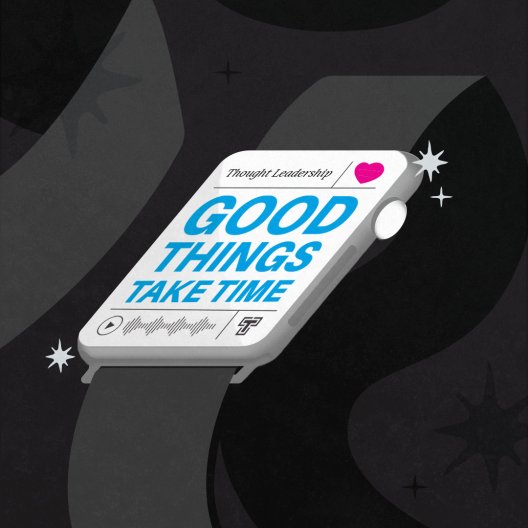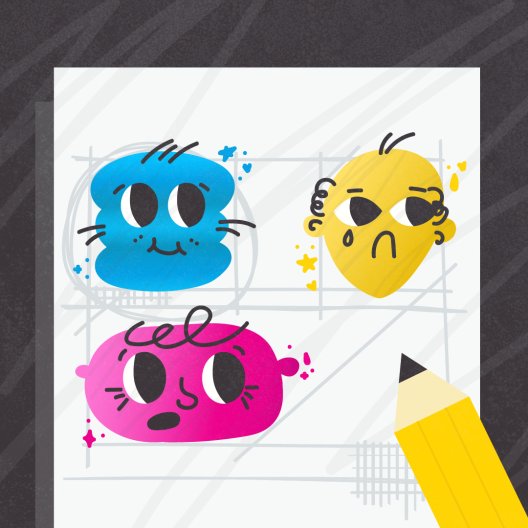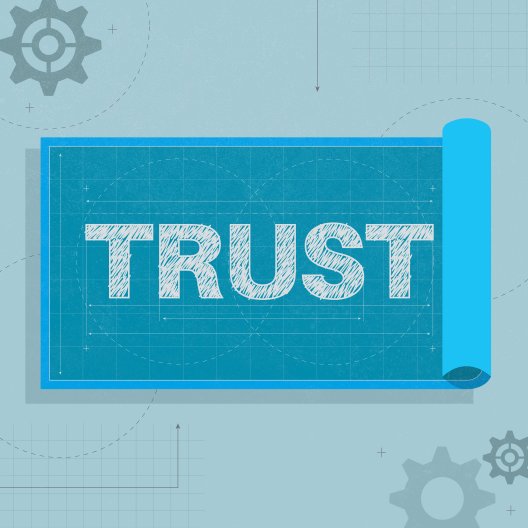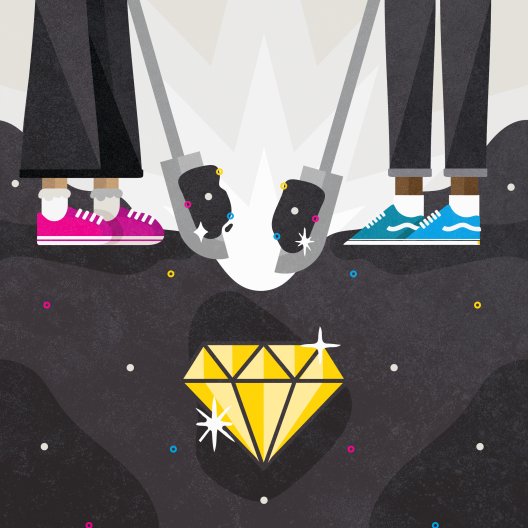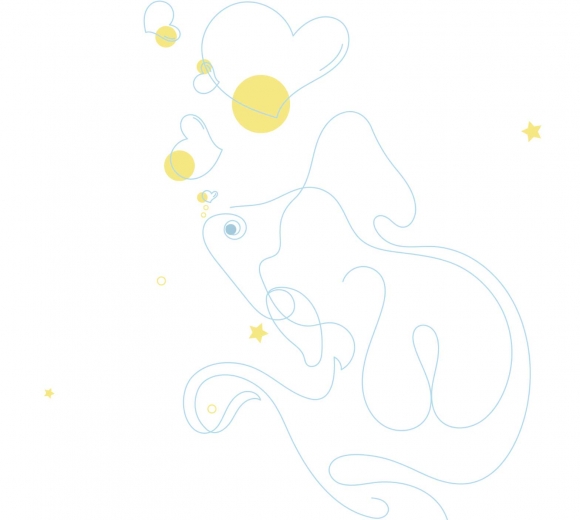
Your customer has only a six-second attention span, which is shorter than that of a goldfish. In addition, it’s been proven that an emotional response is often the reason one company gets an order over an equally qualified competitor.
Your product features and benefits? There simply isn’t time in advertising.
A specification table that compares two different models? Pretty much invisible.
Your mission, values and vision worked into your copy? Wasted space.
When the time comes for a customer to make a decision, you’d better hope you made an impression with six seconds worth of something unforgettable to prompt an emotional response from them.
To help you make the case for emotion in your marketing, we produced Stop Making Sense: The Powerful Role of Emotion in B2B Decision Making. This guide provides research, helpful links and anecdotes that demonstrate the need to inject emotion into your B2B marketing efforts.
The Brain Science Behind B2B Decisions
Imagine the typical B2B considered purchase scenario with a conference room full of stakeholders: steely eyed operations chiefs; no-nonsense facilities managers and engineers; and pragmatic finance and procurement leads. They’re begging for facts and figures to make decisions. (Well, kind of. Allow me to explain.)
Neuroscientist Paul MacLean, PhD, developed a relatively simple model of how the brain works — the triune brain theory — which proffers a theory about how business decisions are made and why they’re always based on emotion.
Decision making begins in the neocortex, the rational part of the brain that objectively gathers and analyzes information. This is why marketers provide so much technical content for decision makers to review. They hope readers will deem their technical content and capabilities as superior, resulting in preference and, ultimately, the order. That’s how it works, right?
Not necessarily. Enter the limbic part of the brain, which makes the unconscious associations that cause you to feel more positively about one option over another. The limbic brain is influenced by words and images which evoke emotion. These “feelings” prompt the neocortex to dig through the facts to find those that justify the emotional connections.
You’ve also probably heard of the “lizard brain” — the prefrontal cortex responsible for our “fight or flight” instincts. In decision making, this part of the brain takes over and lets us know it’s safe to make a recommendation. This is “the “gut feeling” that gains consensus at the table of stakeholders.
Emotion matters — a lot.
Emotion Versus Technical Specifications (and Price)
Research tells us decision makers feel a lot of risk and fear when making a decision. Our newly published guide includes research findings, stories and anecdotes that describe these emotions and elaborates on how connecting with them can help marketers win in parity markets.
Simon Hayward from Gartner nailed it years ago when he stated, “Most products now are good enough to serve the majority of users most of the time.” In B2B, you’ll find this is mostly true. Yet, most B2B marketers continue to pour on efficiency and total cost of ownership messages, hoping they’ll win by a percentage point, all while dropping their prices to earn business.
Download our guide, Stop Making Sense: The Powerful Role of Emotion in B2B Decision Making, to see why the emotional quotient is more powerful than technical connections or better pricing and learn why gut decisions are actually what drive a seemingly rational decision.

